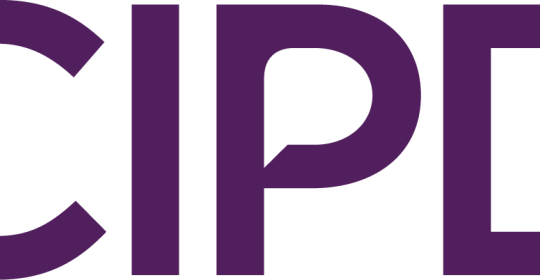Here are 17 successful companies that can give anyone company culture envy:

Why Focus on Company Culture?
A 2016 report from the Institute of Labor Economics showed a positive correlation between a rise in happiness and an increase in productivity. Experiments involving close to 800 subjects found that a rise in happiness leads to a marked increase in productivity in a paid piece-rate task.
Providing meaningful work will produce higher quality results. That’s the conclusion of a study in the Journal of Economic Behavior & Organization that involved 2,500 workers. While all were paid equally, some were told the work they were doing would be analyzing medical images of cancerous tumor cells while another group was told their work would be discarded. The former spent more time on the task, meaning they were earning 10 percent less on average, but the quality of work was better.
It’s not always about the money, says a study commissioned by the Association of Accounting Technicians in the United Kingdom. About 80 percent of 2,000 people polled said they would turn down a big salary increase if it meant working with people or in an environment they didn’t like.
The reality is that a company that ignores fostering a positive culture will pay the price. The cost to hire and retrain an employee varies, but estimates range from 50 percent to 450 percent for a highly skilled salaried worker.
Tips for a better company culture:
-
Empower employees – Design employee roles in ways that will motivate them.
- Toyota encourages assembly workers to suggest new tools and designs on the factory floor.
- Review together – Avoid performance review systems that encourage an adversarial dynamic between employees.
- Zappos encourages egalitarian performance reviews.
- Buffer reveals the pay rate and formula of each employee by name, which helps reduce feelings of frustration when everyone understands the pay structure.
- In one MIT study, changes in a bank’s call center break schedules, designed to increase team cohesion, increased productivity by $15 million.
- Embrace transparency – The more employees are looped in, the more problems can be solved before they hit crisis level.
- Build teams not cults – Teams can encourage innovation and creativity but must be inclusive.
Sources






